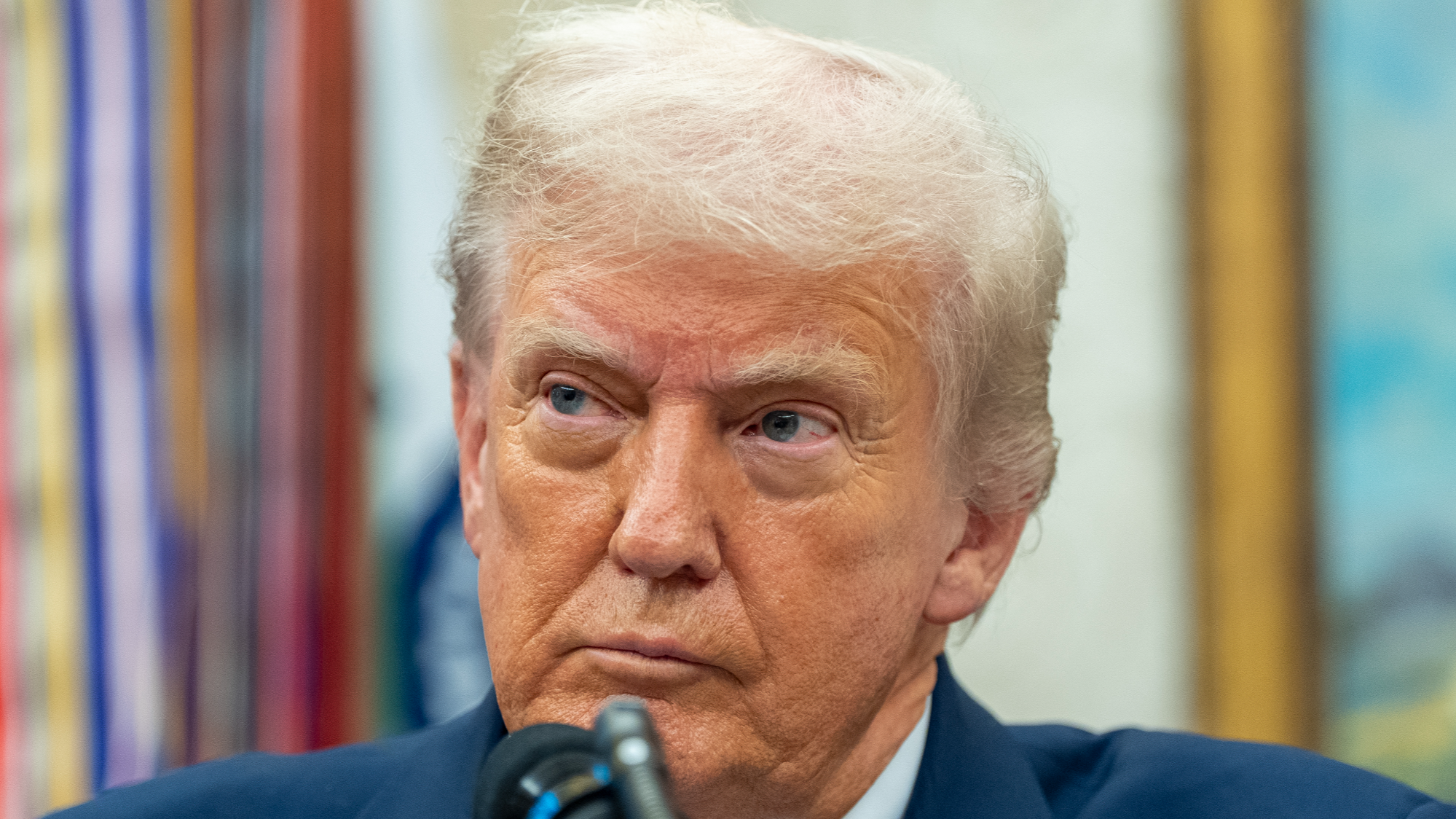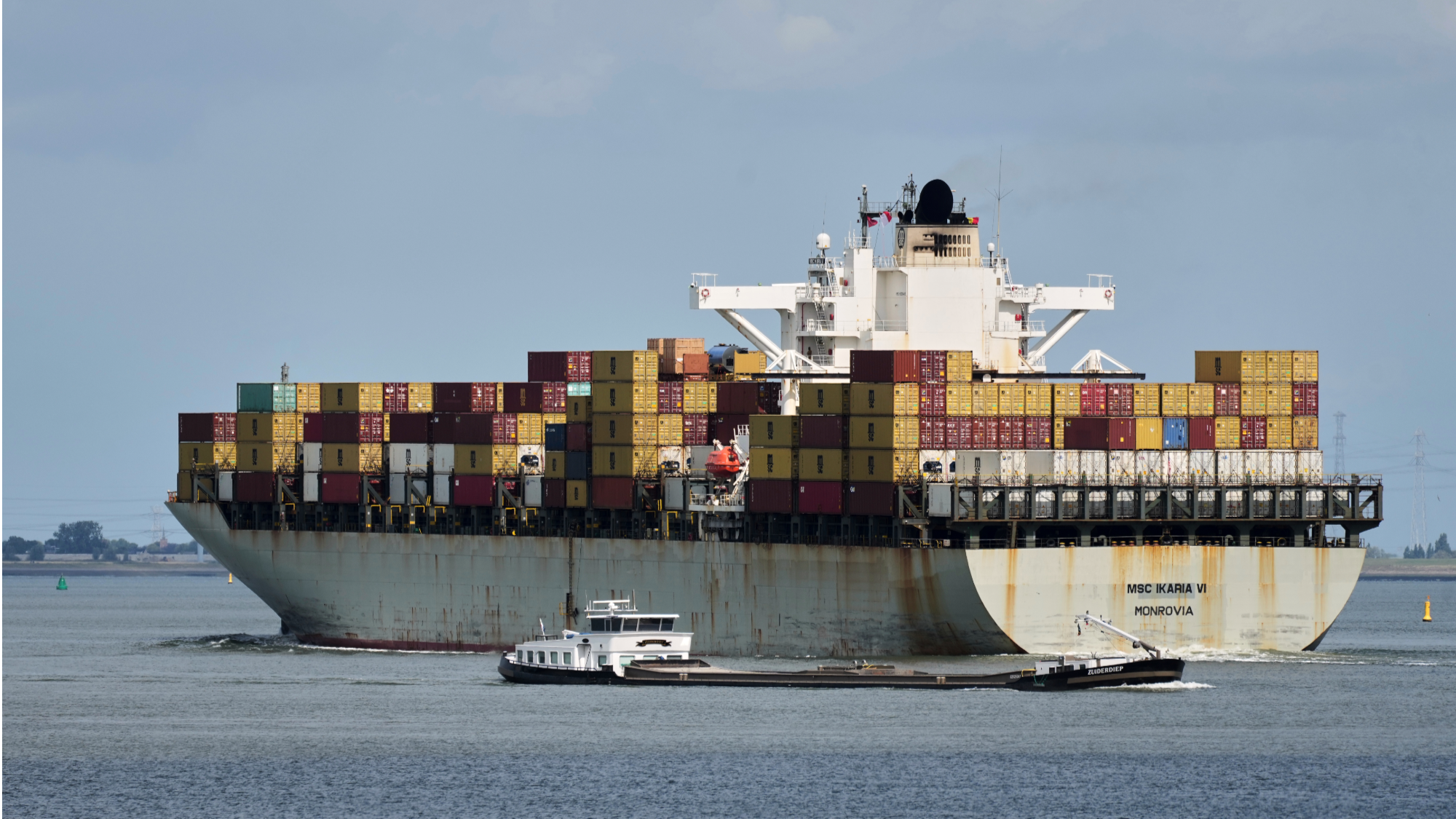
US President Donald Trump’s sweeping new tariffs officially took hold Thursday, as he barrels forward with his turbulent push to reshape global trade.
After months of chaotic threats and reversals, higher rates for almost all US trading partners began just after midnight in New York. Trump signed the directive a week ago, but had to allow time for US Customs and Border Protection to make necessary changes to collect the levies.
Taken together, Trump’s actions will push the average US tariff rate to 15.2 percent, according to Bloomberg Economics estimates, well above 2.3 percent last year and the highest level since the World War II era.
READ MORE: Trump hits dozens of countries' goods with steep tariffs

Following a series of turbulent negotiations, the European Union (EU), Japan and South Korea accepted 15 percent duties on their products, including key exports such as automobiles which otherwise face a 25 percent levy. Other countries were simply assigned rates, ranging from 10 percent to much higher.
Some last-ditch efforts by countries to get better deals failed. The Swiss president left Washington on Wednesday without any success in lowering its 39 percent duty and Trump doubled levies on Indian goods to 50 percent starting in three weeks as a punishment for buying Russian oil.
The coming months will put the predictions of both Trump and his detractors to the test: that the tariff regime will cause a seismic shift for the US economy.
Trump has pledged higher levies will slash trade deficits and push companies to move manufacturing back to the US. His critics say they could cause inflation to spiral out of control and cause shortages on store shelves.
None of those have yet come to pass, but recent economic data has indicated potential troubles lie ahead as the tariffs set in.
July employment figures showed the steepest downward revisions to US jobs growth since the COVID-19 Pandemic. US economic growth slowed in the first half of the year as consumers tempered spending and companies adjusted to shifting trade policy.
Unemployment remains low and prices have not surged, as companies have so far eaten much of the costs. But some experts say consumers and businesses will end up footing the bill.
“There are signs that tougher times are around the corner. A lot of companies have been building up inventories before the tariffs went into place,” said Wendy Cutler, vice-president of the Asia Society Policy Institute and a former US trade negotiator. She argued that it is “almost inevitable that prices increase” because businesses are unlikely to sustain lower margins over the long term.
Trump’s tariffs have injected tumult into the world economy since he first announced and then paused them in April — setting off months of breakneck negotiations with trading partners. The uncertainty created anxiety among businesses about supply chain disruptions and higher costs.
Now, most economies have accepted that higher tariffs are here to stay. Many have pledged hundreds of billions of dollars in US investments to appease Trump and secure agreements for reduced rates.
Still, crucial details of Trump’s plans remain left to be worked out. Auto tariff discounts for the EU, Japan and South Korea have yet to be codified and until they do, cars will face the higher charge. The specifics of investment pledges and policy changes on market access for US goods — which could help shrink trade deficits — also have yet to be announced.
Analysts at top Wall Street firms have warned clients to prepare for a pullback. On Monday, Morgan Stanley, Deutsche Bank AG and Evercore ISI all cautioned that the S&P 500 Index is due for a near-term drop in the weeks and months ahead. That caution comes amid mounting concerns about the US economy after data last week showed an uptick in inflation as well as weakening job growth and consumer spending.

The cost of living was a defining issue in last year’s election and polling reflects frustration with Trump’s approach. A recent Fox News poll shows that 62 percent of voters disapprove of Trump’s handling of tariffs – while 58 percent are against his tax and spending bill. Overall, 55 percent are unhappy with his overall handling of the economy.
Questions also remain about the durability of Trump’s program, as his use of emergency powers to impose country-based tariffs is being challenged in the courts. He is relying on more legally sound authorities to impose tariffs on specific industries, such as cars and metals.
“You see the administration trying to present a story in which this tariff cycle is winding down and you’re going to have some certainty,” said Tim Meyer, a professor at Duke University Law School who specializes in trade. But he added that the “ability to implement is in grave legal doubt.”
Trump has insisted his moves will usher in a new economic golden age and has dismissed numbers that do not fit his narrative, firing the head of the statistics agency that published the latest round of jobs data.
Trump has also crowed about increased tariff revenues, even suggesting that it might lead to rebate checks for some Americans. US Treasury data show that customs duties have surged to a record $113 billion over the nine months through June.
READ MORE: US taxpayers found to shoulder bulk of Trump tariffs
It is not clear he is making progress on another one of his stated goals of the tariff program: bringing production back to America. He and advisers argue the tariffs will cause manufacturing jobs to boom.
Brad Jensen, a professor at the McDonough School of Business at Georgetown University, said growing tariff revenues and jobs simultaneously is hard.
“Both cannot be true,” he said. If there is an uptick in domestic manufacturing “then we don’t have tariff revenue” because fewer goods will be imported.


